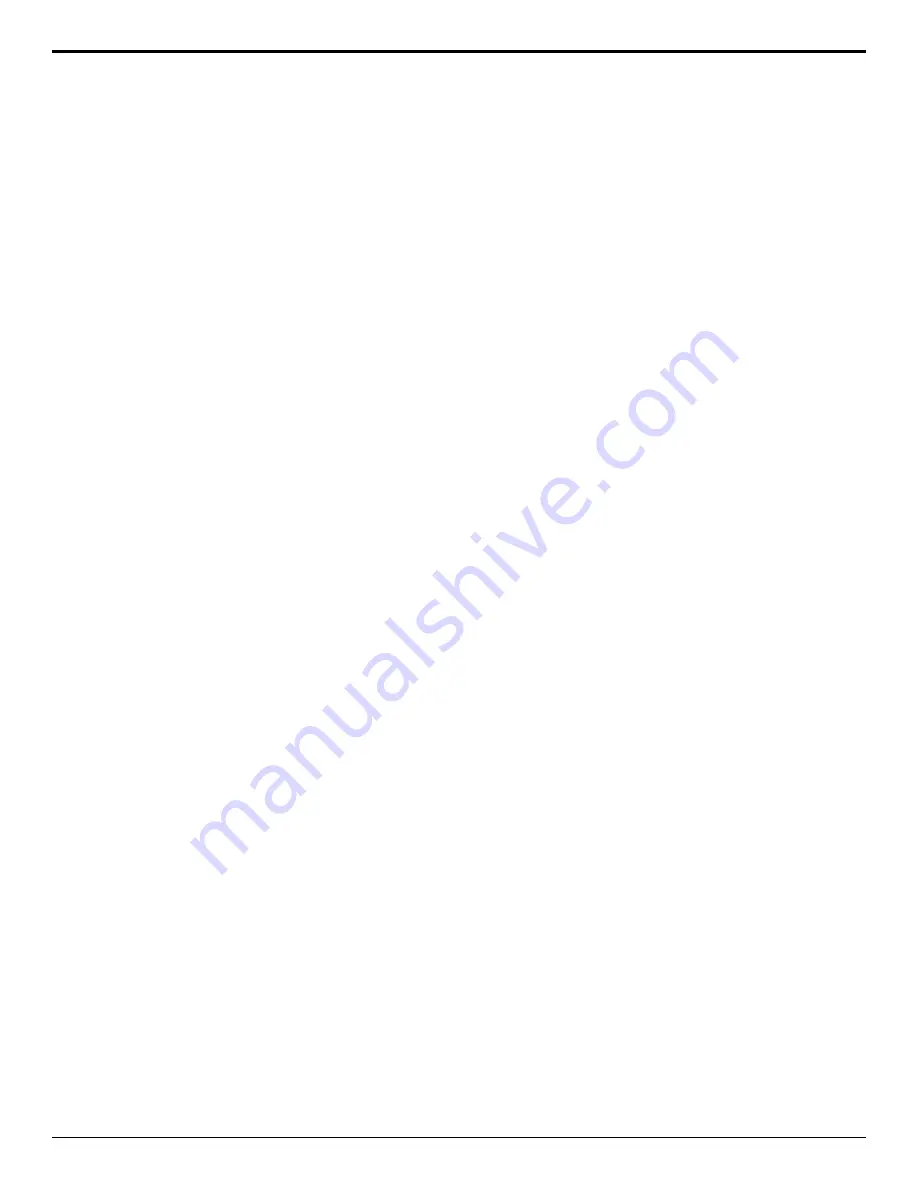
MDX [en-US]
26
7.4
Procedures for Maximum Parts Life
The wear of slurry pump parts is influenced by many factors and the following procedures are designed to help you get the most
out of your wet end wear parts. If problems occur, contact your GIW / KSB representative for a review of your application.
Suction Liner
The suction liner should be rotated 180° at approximately half life if localized wear occurs. If localized wear is severe,
repair as recommended by GIW / KSB before rotation.
If applicable, a new snap ring gasket or o-ring should always be used with a new suction liner or new pump casing.
Impeller
The impeller to suction liner clearance should be adjusted forward several times during its life cycle for maximum
impeller and suction liner life. See Section 10.4 "Setting the Nose Gap".
In general, an impeller does not require replacement until it fails to produce sufficient head for the application. Impellers
are sometimes changed too soon based on appearance. Vibration caused by an impeller wearing out of balance is rare
but possible. If this occurs, the impeller may be statically balanced by hand grinding on back shroud.
The impeller should never be repaired by welding.
Pump Casing
If wear is localized with a deep gouge, repair or replace as recommended by GIW / KSB. Excessive wear problems are
usually indications that the pump is not operating at the flow and head conditions originally specified for the design.
7.5
Operational Problems and Solutions
Many pump wear problems are caused by unstable system operation, or off duty pump operation. Although the dynamics of
slurry piping systems cannot be fully addressed in this manual, the following items should be considered.
Refer to Section 12 "Toubleshooting" for additional information.
Sump Design / Supply Tank
A minimum sump capacity of one minute at the expected flow conditions should be provided. Sump design should
prevent any uneven flow of the solids to the suction. Often, a flat bottom sump is best since it will allow the solids to
assume a natural slope of repose. The sump should be observed during operation to ensure that solids are not building
up and sloughing off.
Sump design should prevent the formation of a vortex, or other means of introducing air into the pump. Where a
submerged suction is available, the depth of water level above the pump suction is more important than the cross-
sectional area of the sump. Frothing of the sump should be eliminated by the installation of baffles, a submerged inlet
pipe or other methods to prevent air becoming entrained in the slurry. If unavoidable, frothing must be accounted for in
the system design and operation.
If the sump runs dry, the system will surge causing accelerated pump wear. Pump speed or impeller diameter should
be decreased or make up water increased. If the flow variations are too great, a variable speed motor may be required.
Cavitation / NPSH Performance
The NPSH (Net Positive Suction Head) available must always be greater than the NPSH required by the pump or
cavitation will occur resulting in head loss (drop in discharge pressure), increased wear rate of the pump parts, and
shock loading of the pump bearing assembly. If in doubt, consult your GIW / KSB representative for the NPSH
requirements of your pump.
To maximize the NPSH available to the pump, ensure that the suction line is as short and straight as possible and the
sump level is as high as possible, (or the suction lift as small as possible in the case of a pump located above the water
level). Minimizing the number of valves or short radius fittings and attaching a suction inlet bell will also reduce entrance
losses. A larger diameter suction pipe may help, but one must be careful not to reduce the flow velocity below safe
carrying levels or bedding of the slurry will occur and result in increased suction liner and impeller wear.
In dredging applications where a free suction pipe or suction cutter head is lowered into the solids to be pumped, it is
useful to have pressure gauges attached to the pump suction and discharge. An operator, by observing the gauges,
will be able to maintain a maximum suction vacuum without cavitating the pump.
Piping System Design
With coarse settling slurries, the pipelines should be vertical or horizontal. Inclined pipelines may surge due to a
backward drift or build up of solids. Also, an increase in slurry friction loss may be experienced in these sloped lines,
further reducing performance.
Piping diameters must be properly sized to maintain sufficient carrying velocity. Oversized pipelines may result in the
formation of a sliding bed of slurry, which can greatly accelerate the wear of pumps and pipelines.
Содержание GIW MDX
Страница 53: ...MDX en US 53 14 Notes...
















































